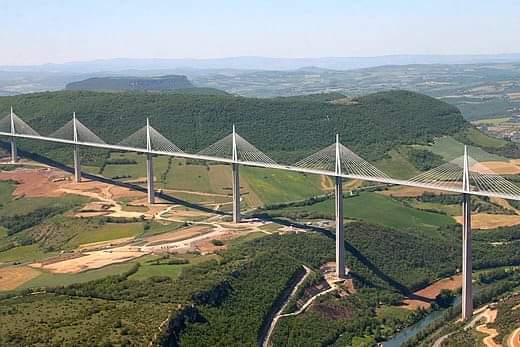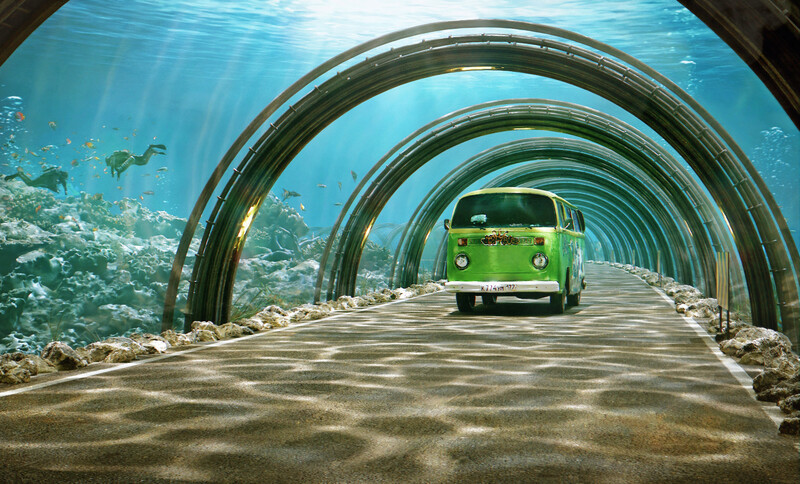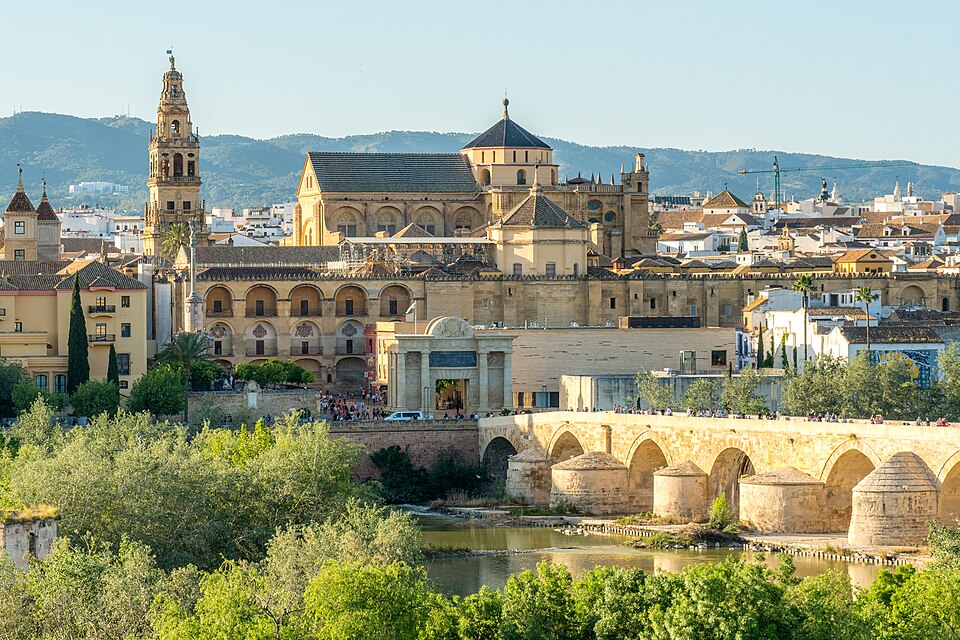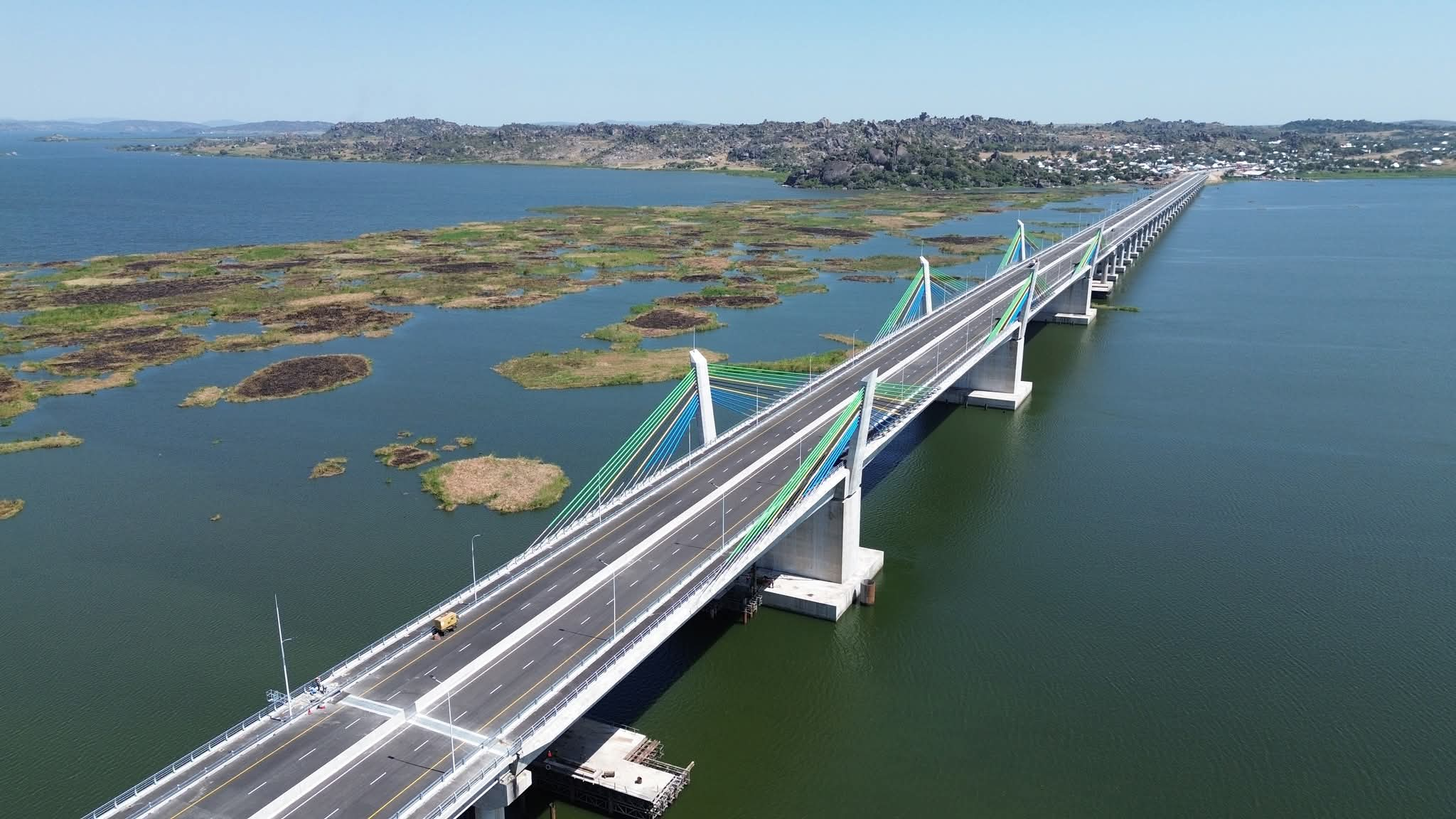AMAZING INFRASTRUCTURE: Viaduc De Millau, The Tallest Bridge in the World

Did you know that the Viaduc de Millau bridge is claimed to last at least 120 years and that it cost approximately €394 million ($424 million) to build over three years?
The Millau Viaduct bridge (in French: Viaduc de Millau) is an example of a Public Private Partnership (PPP) project. Designed by a team led by engineer Michel Virlogeux and English architect Norman Foster, it has been consistently ranked as one of the greatest engineering achievements of modern times, and received the 2006 Outstanding Structure Award from the International Association for Bridge and Structural Engineering.
The bridge is a multispan cable-stayed bridge completed in 2004 across the gorge valley of the Tarn near (west of) Millau in the Aveyron department in the Occitanie Region, Southern France. As of September 2020, it is the tallest bridge in the world, having a structural height of 336.4 metres (1,104 ft).
The Millau Viaduct cost of construction was approximately € 394 million ($424 million), and was built over three years, with the formal inauguration done on 14 December 2004, and opened to traffic two days later on 16 December.
The bridge is as a result of the high levels of traffic congestion in the 1980s near Millau in the Tarn valley, especially in the summer due to holiday traffic on the route from Paris to Spain. A method of bypassing Millau had long been considered, not only to ease the flow and reduce journey times for long-distance traffic, but also to improve the quality of access to Millau for its local businesses and residents.
One of the solutions considered was the construction of a road bridge to span the river and gorge valley. The first plans for a bridge were discussed in 1987 by CETE, and by October 1991 the decision was made to build a high crossing of the Tarn by a structure of around 2,500 metres (8,200 ft) in length. During 1993–1994, the government consulted with seven architects and eight structural engineers. During 1995–1996, a second definition study was made by five associated architect groups and structural engineers. In January 1995, the government issued a declaration of public interest to solicit design approaches for a competition.
In July 1996 the jury decided in favour of a cable-stayed design with multiple spans, as proposed by the SODETEG consortium led by Michel Virlogeux, Norman Foster and Arcadis. The decision to proceed by grant of contract was made in May 1998; then in June 2000, the contest for the construction contract was launched, open to four consortia. In March 2001, Eiffage established the subsidiary Compagnie Eiffage du Viaduc de Millau (CEVM), and was declared winner of the contest and awarded the prime contract in August.
In initial studies, four potential options were examined. The fourth option was selected by ministerial decree on 28 June 1989. It encompassed two possibilities: the high solution, envisaging a 2,500-metre-long (8,200 ft) viaduct more than 200 metres (660 ft) above the river; and the low solution, descending into the valley and crossing the river on a 200-metre-long (660 ft) bridge, then a viaduct of 2,300 metres (7,500 ft), extended by a tunnel on the Larzac side.
After long construction studies by the Ministry of Public Works, the low solution was abandoned because it would have intersected the water table, had a negative impact on the town, cost more, and lengthened the driving distance. The choice of the 'high' solution was decided by ministerial decree on 29 October 1991.
After the choice of the high viaduct, five teams of architects and researchers worked on a technical solution. The concept and design for the bridge was devised by French designer and structural engineer Michel Virlogeux. He worked with the Dutch engineering firm Arcadis, responsible for the structural engineering of the bridge.
The bridge's construction cost up to €394 million, with a toll plaza 6 kilometres (3.7 mi) north of the viaduct, costing an additional €20 million. The builders, Eiffage, financed the construction in return for a concession to collect the tolls for 75 years, until 2080. However, if the concession yields high revenues, the French government can assume control of the bridge as early as 2044.
The project required about 127,000 cubic metres (166,000 cu yd) of concrete, 19,000 tonnes (21,000 short tons) of steel for the reinforced concrete, and 5,000 tonnes (5,500 short tons) of pre-stressed steel for the cables and shrouds. The builder claims that the lifetime of the bridge will be at least 120 years.
Source: Wikipedia
#penglobalfactfile


_1755775186.jpg)
